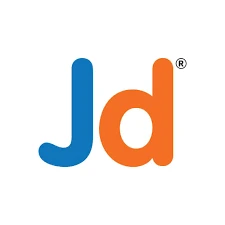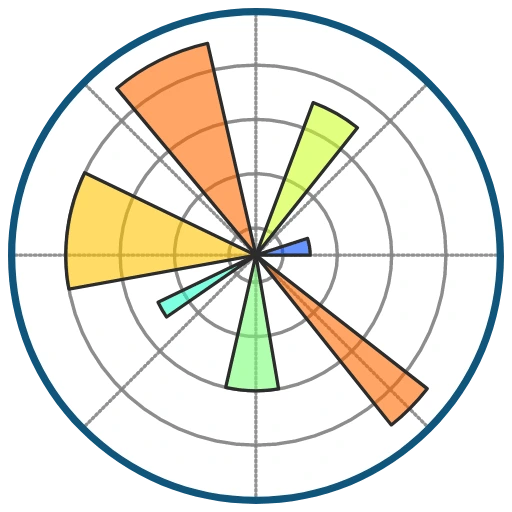|| Data Analytics Course in Dahod
The Data Analytics Course at BIT Dahod is a dynamic and future-oriented program meticulously crafted to equip students with the practical skills and analytical mindset required to derive meaningful insights from complex datasets. This comprehensive course is designed for individuals aspiring to thrive in the evolving digital landscape, where data-driven decision-making forms the backbone of successful businesses and organizations. Throughout the program, learners delve into the foundational principles of data analytics, covering essential areas such as data collection, data cleaning, exploratory data analysis, statistical modeling, data visualization, and predictive analytics.
Students at BIT Dahod are introduced to industry-standard tools and platforms including Microsoft Excel, SQL, Python, R, Tableau, Power BI, and cloud-based analytics services. The curriculum integrates theoretical concepts with hands-on labs and real-world projects, encouraging students to work with large datasets and apply analytical techniques to solve practical business problems. Learners also gain exposure to machine learning fundamentals and data storytelling, which are crucial for translating technical findings into strategic recommendations.
The course emphasizes not just technical proficiency but also critical thinking, problem-solving, and effective communication. Through case studies, capstone projects, and collaborative assignments, students develop the ability to interpret data in context and support evidence-based strategies. The faculty at BIT Dahod—comprising academic experts and industry practitioners—provide personalized mentorship, ensuring that each student’s journey is intellectually enriching and professionally empowering.
By the end of the program, graduates are prepared for roles such as data analyst, business intelligence analyst, data consultant, or junior data scientist. They are equipped to contribute meaningfully to various sectors including finance, healthcare, retail, government, and technology. With the rapid rise of data-centric industries, this course opens doors to both domestic and international opportunities. BIT Dahod’s Data Analytics Course is more than a technical training—it’s a launchpad into the world of data innovation and strategic insight.








 4.8 (21,636) reviews
4.8 (21,636) reviews
 Python
Python
 TensorFlow
TensorFlow
 PyTorch
PyTorch
 Keras
Keras
 Seaborn
Seaborn
 numpy
numpy
 Jupyter
Jupyter
 VS Code
VS Code
 Pandas
Pandas
 GitHub
GitHub
 Docker
Docker
 SQL
SQL
 AWS
AWS
 OpenAI's GPT
OpenAI's GPT
 Scikit-learn
Scikit-learn
 Power BI
Power BI
 Google Colab
Google Colab
 PyCharm
PyCharm
 Tableau
Tableau
 Plotly
Plotly
 Azure
Azure
 Matplotlib
Matplotlib
 SciPy
SciPy
 Alteryx
Alteryx
 Scrum
Scrum
 Excel
Excel
 VBA
VBA
 Snowflake
Snowflake
 QlikSense
QlikSense


 Read more
Read more 
